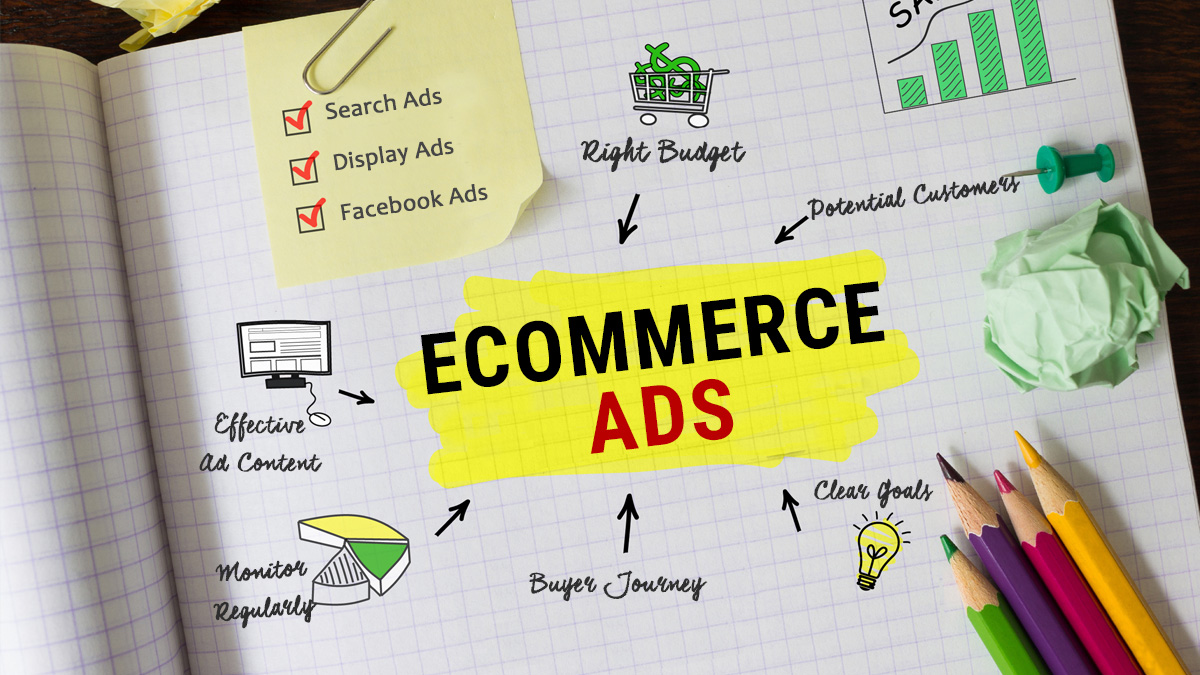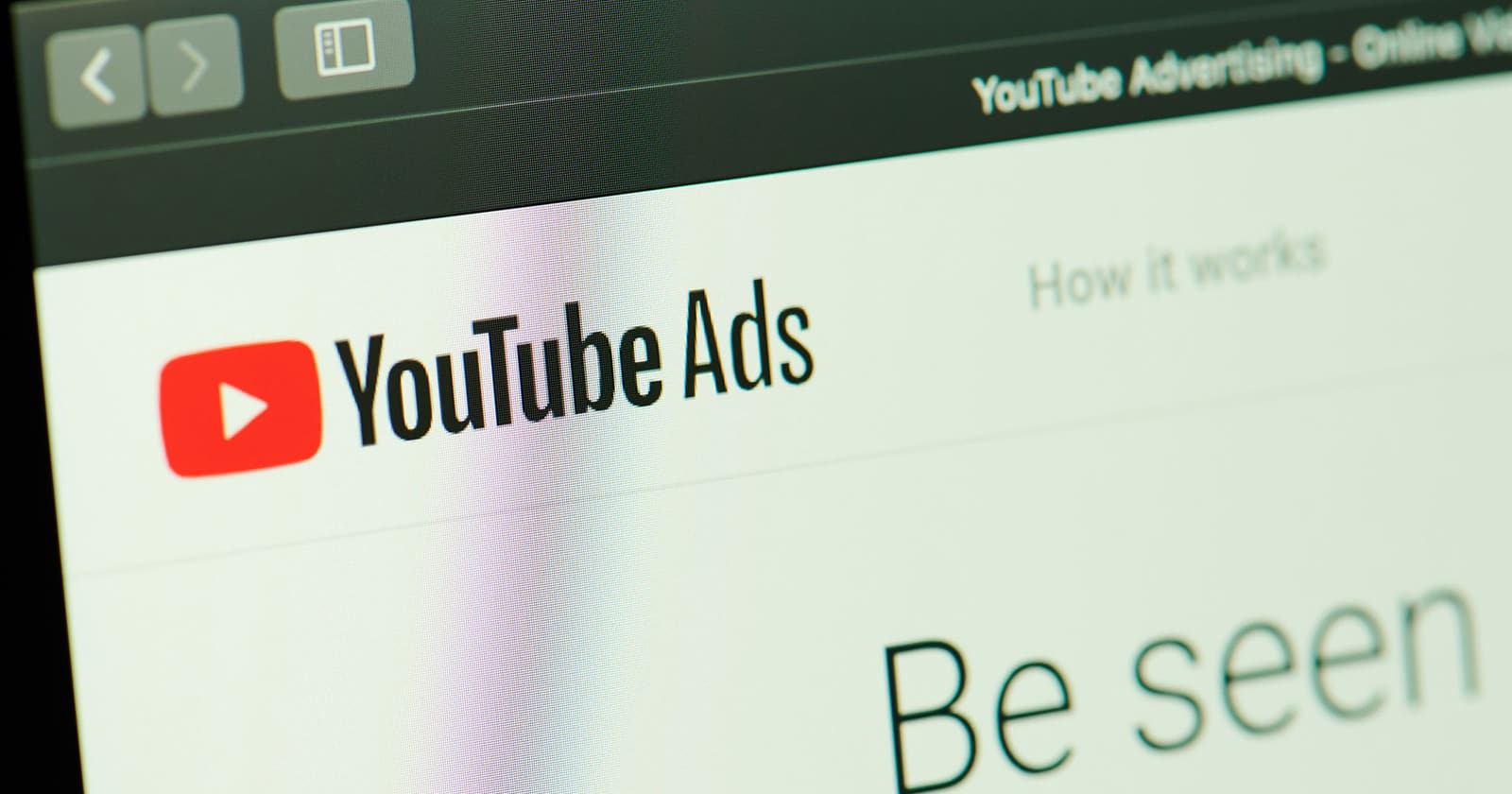With the increasing preference for online shopping, marketers in the ecommerce sector are exploring the most effective ways to promote their products. One highly effective strategy is to utilize paid media for advertising. By allocating budgets to platforms like Google, ecommerce businesses ensure that their ads are prominently displayed to a targeted audience.
Leveraging paid media advertising in ecommerce not only drives more traffic to your website but also heightens brand awareness, ultimately contributing to increased sales. In this guide, we will walk you through the essentials of ecommerce ads and paid media.
What Does Ecommerce Advertising Mean?
Ecommerce advertising involves promoting a product or service through paid media channels to potential customers. It is a specialized form of marketing focused on online sales. Different publishers may charge varying rates to display your ads to their audiences.
For instance, Google may charge you based on the number of impressions or clicks your ad receives. In contrast, Facebook bills you only for the actual clicks your ad generates. Next, let’s discuss the differences between paid advertising and organic traffic.
Hiring paid advertising services can significantly elevate your ecommerce ads by leveraging expertise in keyword research, targeting, and optimization. It’s an efficient way to maximize ROI and stay competitive in the ever-changing digital marketplace.
Paid Ads vs. Organic Traffic
You may wonder why you should invest in paid advertising when you could potentially drive organic traffic to your site at no cost. The answer is straightforward: paid placements provide an immediate advantage. Paid ads are guaranteed top spots on search engines, regardless of organic ranking, capturing the attention of users who make quick purchasing decisions.
In other words, if you’re unwilling to invest in paid advertising, you risk losing potential customers to competitors who do. Considering this, let’s also delve into the distinctions between paid ads and organic social media content.
Paid Ads vs. Organic Social Media
The daily use of social media is steadily increasing, and paid advertisements are becoming more prevalent as a result. With an endless stream of new content generated each day, you’re up against considerable competition. Moreover, many online stores are investing in paid advertising to draw more visitors to their sites.
Given this landscape, even a well-crafted promotional plan may not capture as much attention as you’d like. This underscores the importance of video advertising for the success of your online store. To make your campaign more effective, consider using specialized tools to produce engaging commercial videos. But before diving into paid advertising, there are key factors you should evaluate.
Factors to Consider Before Running Paid Ecommerce Ads
Though you may recognize the strength of paid media as a marketing strategy, you’re not quite ready to dive in. Before allocating a budget for paid advertising, there are essential considerations to address.
Find Out Your Potential Customers
To effectively leverage paid advertising, you need to pinpoint your ideal customers and understand which platforms they frequent. Knowing your audience will help you tailor your messaging and interactions. You can also use an ad maker to craft a video specifically suited to your target viewers.
Understand the Steps in the Buyer Journey
Be aware that people who watch your video ad might not immediately purchase your product. Additionally, there may be a significant number of individuals unaware that your product exists. Thus, developing a variety of ads to address different stages of the buyer’s journey is a prudent strategy.
To manage your audience effectively, consider creating customized ads for different segments of potential customers interested in the same product. Now that we’ve covered this, let’s explore the various forms of online advertising.
Create Effective Ad Content
Strong ad content and creative assets are pivotal for the success of your advertising campaign. Develop compelling and visually appealing materials that align with your brand while clearly conveying your message. Utilize A/B testing to refine your ad content based on audience preferences. Well-designed and captivating creatives can significantly influence both click-through rates and conversions.
Have the Right Budget
Determining the appropriate budget is crucial. Allocate funds that are both in line with your objectives and financially sustainable. Take into account the costs associated with various advertising platforms and strategically distribute your budget to maximize impact and achieve your goals.
Also Read: How to Use Google’s Responsive Display Ads & Its Best Practices
Set Clear Goals
Before launching any paid advertising campaign, it’s essential to set clear, measurable goals. Identify your primary objective—whether it’s driving more traffic to your website, generating leads, boosting sales, or enhancing brand awareness. Well-defined goals serve not only to guide your campaign strategy but also to provide a framework for evaluating success through key performance indicators (KPIs).
Monitor and Optimize Regularly
Continuous oversight is required for paid advertising campaigns. Regularly review performance data and key metrics to identify areas for improvement. Use these insights to fine-tune your campaign, whether that involves tweaking ad copy, adjusting bid amounts, or refining audience targeting. Proactive monitoring and data-driven adjustments ensure your campaigns remain effective over time.
Types of Ecommerce Online Advertising
The landscape of online advertising is vast, offering various types of ads that can bring different benefits to your ecommerce business. Here’s a rundown of some of the most effective ad types you can employ.
Search Ads
Search ads are digital advertisements that appear on search engine results pages (SERPs). These ads display when a user searches for specific keywords or phrases, making them highly relevant to the user’s query. Search ads are a highly effective means of driving potential customers to your ecommerce site and can give you a competitive edge over other businesses.
These ads are particularly useful for targeting consumers who are actively looking to make a purchase. To distinguish them from organic results, search engines like Google often label these as advertisements. Utilizing search ads can quickly boost your sales, as they drive a significant amount of targeted traffic to your store. To maximize the effectiveness of your search ads, keep the following tips in mind:
- Identify the most relevant keywords
- Craft a clear and compelling call-to-action (CTA)
- Utilize appropriate ad extensions
- Develop a landing page that aligns with your ad’s message
Also Read: Understanding the Differences: Google Display Network vs Search Network
Display Ads
Display ads are visual advertisements that appear on third-party websites and can significantly boost the visibility of your online store. They are generally more affordable than other ad formats and can be utilized by businesses of all sizes. These ads offer the advantage of strategic placement, allowing you to reach your audience where they already spend their time online. To get started with display ads, follow these guidelines:
- Know your target audience
- Eliminate any redundant or unnecessary ads
Google Shopping Ads
Google Shopping Ads is a specialized advertising service offered by Google that allows businesses to display their products to users who are actively searching for similar items. These ads appear as images accompanied by detailed product information, facilitating easy price and feature comparisons. This advertising method can significantly boost your brand’s visibility and draw more potential buyers to your ecommerce store.
Google Shopping Ads are ideal for businesses looking to substantially increase their product sales. These ads are displayed based on specific search terms entered by the user, making them distinct from other online advertising formats. To optimize your Google Shopping Ads, consider the following tips:
- Utilize customer feedback to improve your product listings
- Use high-quality images
- Avoid irrelevant keywords and phrases
Facebook Ads
With over two billion active users, Facebook presents a massive opportunity for expanding your store’s reach. Facebook ads are a powerful tool in any digital advertising strategy, as they enable businesses to engage a large yet precisely targeted audience on the world’s leading social media platform. Offering a range of formats, including images, videos, and slideshows, Facebook ads also provide measurable results.
Facebook ads serve multiple purposes, from increasing brand awareness to driving user engagement and sales. These ads can be highly targeted, reaching specific demographics based on factors like age, location, and interests. Utilizing Facebook’s ad auction system also allows businesses to maximize their marketing budget.
Also Read: How Much Does YouTube Advertising Cost?
Video Ads
Video ads are invaluable assets in digital marketing due to their affordability, mobile-friendliness, and brand-building potential. These ads can take various forms, including short clips, product demonstrations, and animated graphics. Platforms like YouTube and social media networks enable video ads to reach a broad yet targeted audience.
These ads encourage user engagement through likes, shares, comments, and clicks to external sites. Advertisers can fine-tune their campaigns by analyzing metrics such as video completion rates and conversions post-ad viewership.
To Conclude
Ecommerce advertising is an essential strategy for businesses looking to attract more customers and increase revenue. By investing in paid advertising, your ads are more likely to appear prominently in search engine results, sometimes even ranking at the top despite not meeting all organic criteria. There are various types of ads to choose from, and businesses should opt for those that best align with their goals. Even if you already employ other strategies to boost your site’s search engine ranking, considering paid advertising is advisable.
FAQs
Which advertising platforms are most effective for Ecommerce stores?
Google Ads, Facebook and Instagram Ads, and Amazon Advertising are among the popular and proven platforms frequently utilized by Ecommerce businesses.
How does SEO contribute to Ecommerce advertising?
SEO (Search Engine Optimization) enhances the visibility of Ecommerce websites in organic search results, reducing the need for paid advertising. This leads to increased site visits without a proportionate increase in advertising spend.
How can I determine the success of my Ecommerce advertising campaigns?
Key performance indicators like conversion rates, revenue generated, click-through rates, and customer acquisition costs can offer insights into the effectiveness of your advertising efforts. Monitoring these metrics will help you assess the success of your campaigns and make data-driven adjustments.
Are There Any Ecommerce Advertising Pitfalls to Avoid?
Common pitfalls include overspending without tracking ROI, not targeting the right audience, neglecting mobile optimization, and not regularly updating ad creatives. It’s essential to plan and monitor campaigns carefully.



























